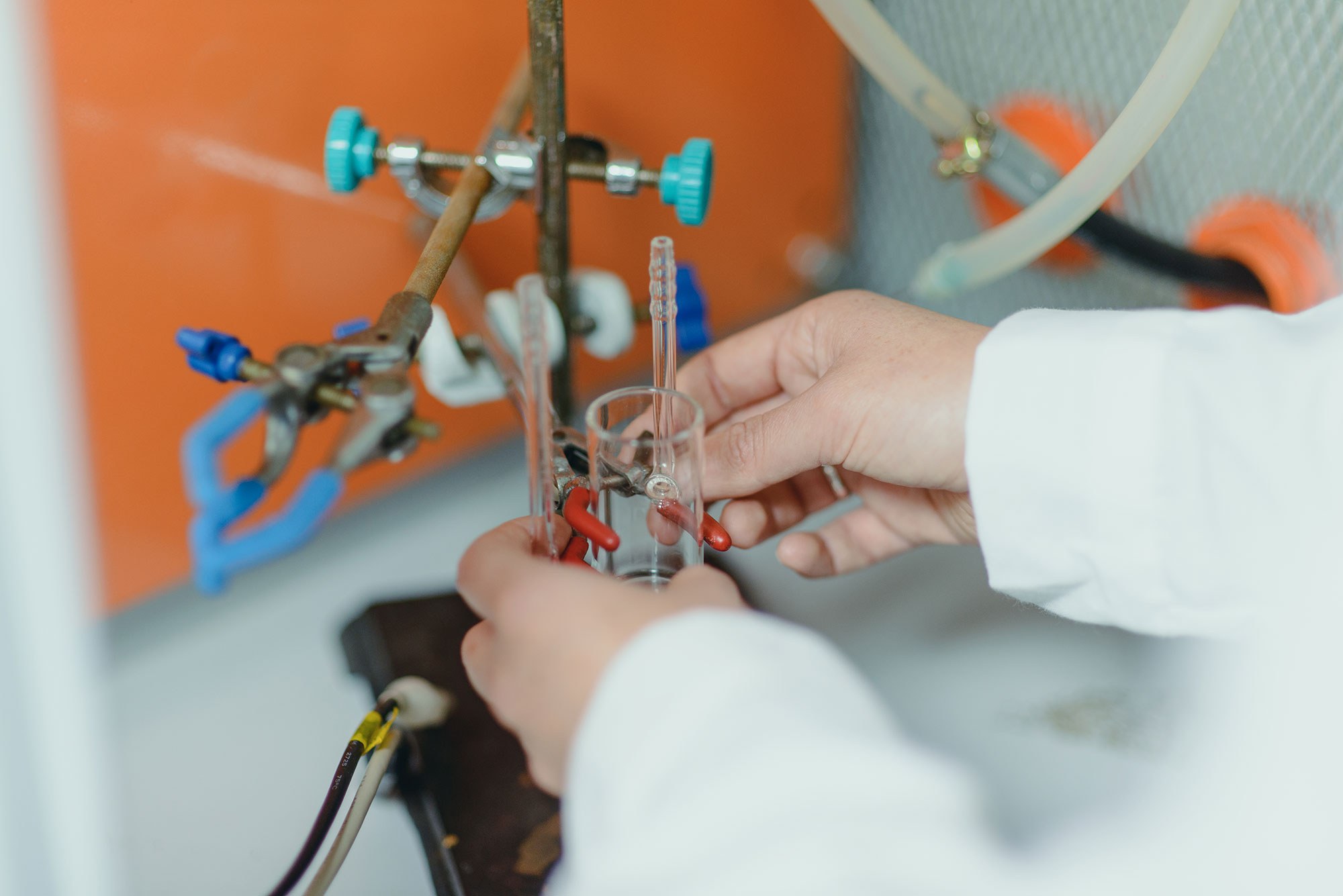González-Rodrı́guez, L., Hidalgo-Rosa, Y., Garcı́a, J. O. P., Treto-Suárez, M. A., Mena-Ulecia, K., & Yañez, O. (2024). Study of heavy metals adsorption using a silicate-based material: Experiments and theoretical insights. Chemical Physics Impact, 9, 100714. https://doi.org/10.1016/j.chphi.2024.100714
Abstract: Heavy metal toxicity in water is a serious problem with harmful effects on human health and the ecosystem. This research studied a silicate-based material as an adsorbent for removing four heavy metals from aqueous solutions. The target metal pollutants selected include manganese (Mn2+), copper (Cu2+), cobalt (Co2+), and zinc (Zn2+). First, theoretical tools including potential energy surface analysis, Natural Population Analysis, AIM, Wiberg Bond Index, QTAIM, and topological methods offer profound insights into the nature of interactions present in the Mg2O8Si3M (M = Mn2+, Cu2+, Co2+, Zn2+) clusters. Second, the synthesis and characterization of eco-friendly hydrated amorphous magnesium silicate (MgOSiO2nH2O) was developed. Last, a simple kinetic adsorption test was applied to assess the material selectivity towards heavy metals and support theoretical results. The kinetic adsorption study was analyzed through the pseudo-first and second-order kinetics, Elovich, and the intraparticle diffusion models. The theoretical analysis of the adsorption energies indicates that the adsorption of four metal ions on the Mg2O8Si3 surface is energetically favorable in all cases. The material displayed the following adsorption sequence: Cu2+ (59 mg g-1) > Zn2+(25 mg g-1) ≈ Co2+ (23 mg g-1) > Mn2+ (15 mg g-1). This knowledge can then be used to design and optimize low-cost silicate-based materials for effective heavy metal removal, contributing to efforts to address environmental pollution and protect public health.
Yoan Hidalgo
yoan.hidalgo@umayor.cl


